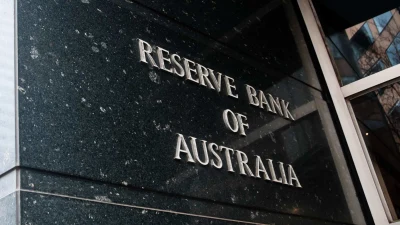RBA hints at June rate cut



Reserve Bank of Australia governor Philip Lowe has given his strongest indicator yet that a cut to the cash rate could come as early as June, as the Bank navigates ‘unusual’ economic circumstances.
Giving a speech in Brisbane, Lowe, who has led the Bank since 2016, said a lower cash rate would support employment growth and accelerate inflation meeting its medium-term target of two to three per cent. Rates are currently 1.5 per cent and have been held at that rate for several years.
In recent quarters, inflation has come in lower than expected and Lowe said the Bank had initially held off making a rate cut decision in order to gain a clearer picture of this data. He now confirmed the data of subdued inflation and stronger employment growth was a ‘little unusual’.
“Over the past year–and particularly in the past two quarters–inflation has come in lower than we expected and our inflation forecasts have been revised down. In contrast to the subdued inflation outcomes, employment growth has been stronger than we expected a year ago.
“In most cases when employment growth is stronger than expected, we expect to see an upside, not a downside surprise on inflation. So, from this perspective, the recent experience is a little unusual.”
He said he felt Australia could sustain an unemployment rate below five per cent without raising inflation concerns but that it was unlikely current monetary policy settings would be able to deliver this lower unemployment. If the unemployment rate did not move lower soon then the Bank would consider a rate cut as well.
“It is possible the current policy settings are sufficient to deliver lower unemployment. The labour market has surprised on the upside in recent times and it could do so again. While we can’t rule out this possibility, the recent flow of data makes it seem less likely.
“In the event that the unemployment rate does not move lower with current policy settings, there are a number of options. These include further monetary easing; additional fiscal support, including through spending on infrastructure; and structural policies that support firms expanding, investing and employing people.
“A lower cash rate would support employment growth and bring forward the time when inflation is consistent with the target. Given this assessment, at our meeting in two weeks time [4 June], we will consider the case for lower interest rates,” Lowe said.
Recommended for you
The Reserve Bank of Australia (RBA) has lowered rates to a level not seen since mid-2023.
Financial Services Minister Stephen Jones has shared further details on the second tranche of the Delivering Better Financial Outcomes reforms including modernising best interests duty and reforming Statements of Advice.
The Federal Court has found a company director guilty of operating unregistered managed investment schemes and carrying on a financial services business without holding an AFSL.
The Governance Institute has said ASIC’s governance arrangements are no longer “fit for purpose” in a time when financial markets are quickly innovating and cyber crime becomes a threat.












